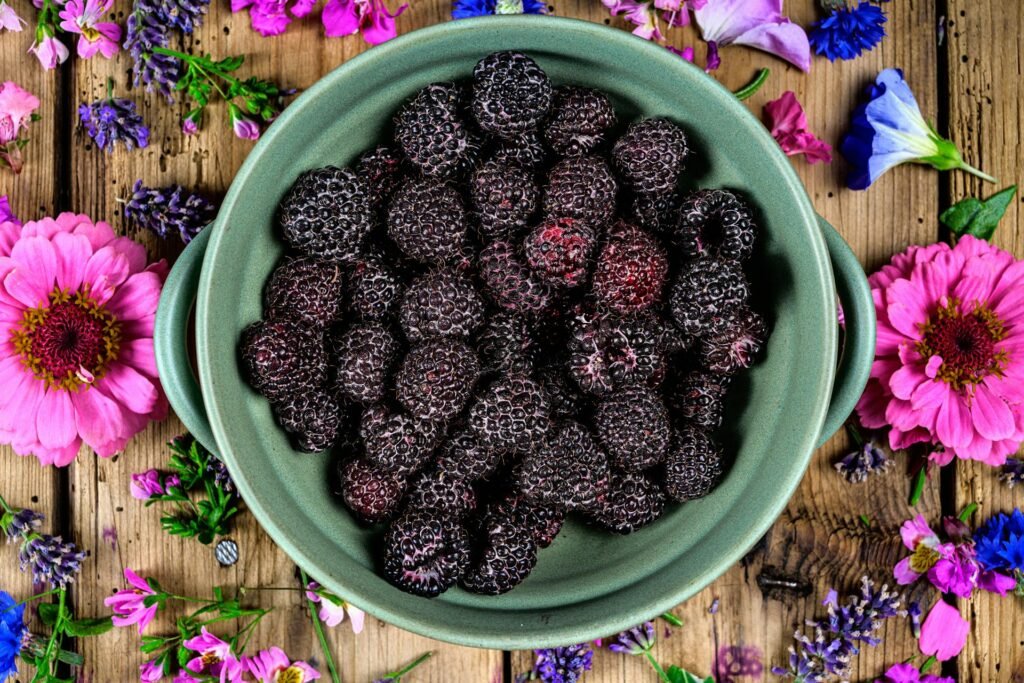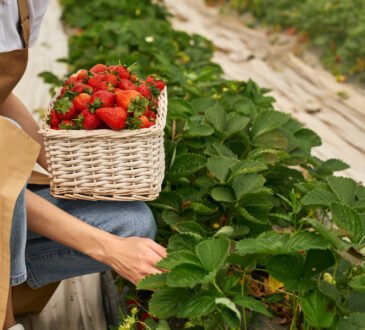
Growing blackberries at home can be a rewarding experience, as you get to enjoy fresh, juicy berries right from your garden. Blackberries are relatively easy to grow and can thrive in a variety of climates. Here’s how to grow blackberries at home:
1. Choose the Right Blackberry Varieties:
- Types: There are different types of blackberries, such as trailing, semi-erect, and erect. Choose a type that suits your space and climate.
- Thornless Varieties: Opt for thornless varieties for ease of picking and maintenance.
2. Select a Planting Site:
- Sunlight: Choose a location that receives full sun, as blackberries need at least 6-8 hours of direct sunlight per day.
- Soil: Blackberries prefer well-draining, slightly acidic soil with a pH of 5.5 to 7.0. Amend the soil with organic matter if needed.
- Space: Make sure the site provides enough space for the blackberry plants to grow and spread. Trailing varieties may require a trellis for support.
3. Prepare the Soil:
- Soil Preparation: Work the soil to a depth of 8-12 inches and remove any weeds or debris.
- Fertilization: Add compost or well-rotted manure to enrich the soil.
4. Plant Blackberries:
- Spacing: Space erect varieties about 3-4 feet apart and trailing or semi-erect varieties about 5-6 feet apart.
- Planting Depth: Plant blackberry canes at the same depth they were in their nursery pots.
- Watering: Water the plants well after planting.
5. Provide Support:
- Trellis: Erect a trellis for trailing and semi-erect varieties to climb. This supports the canes and makes harvesting easier.
- Pruning: Prune the canes in late winter or early spring to remove dead or damaged growth.
6. Watering and Mulching:
- Consistent Watering: Keep the soil consistently moist, especially during dry spells.
- Mulching: Apply mulch around the plants to retain moisture and suppress weeds.
7. Fertilization:
- Balanced Fertilizer: Use a balanced fertilizer in early spring to promote healthy growth.
- Avoid Over-Fertilization: Too much fertilizer can lead to excessive leafy growth and fewer berries.
8. Pest and Disease Management:
- Monitor: Regularly check plants for signs of pests and diseases.
- Natural Remedies: Use organic or natural pest control methods if needed.
9. Harvesting:
- Ripeness: Harvest blackberries when they are fully ripe, typically when they are black and slightly soft to the touch.
- Frequent Harvesting: Pick the berries frequently to avoid overripe berries attracting pests.
10. Overwintering:
- Protection: In colder climates, protect the canes from harsh winter conditions by covering them or laying them on the ground and mulching.

Conclusion:
Growing blackberries at home is a rewarding project that can yield delicious, nutritious fruit. By choosing the right variety, providing the appropriate growing conditions, and following best practices for care and maintenance, you can enjoy a bountiful harvest of fresh blackberries. Remember to prune your plants regularly and manage pests and diseases to keep your plants healthy.




